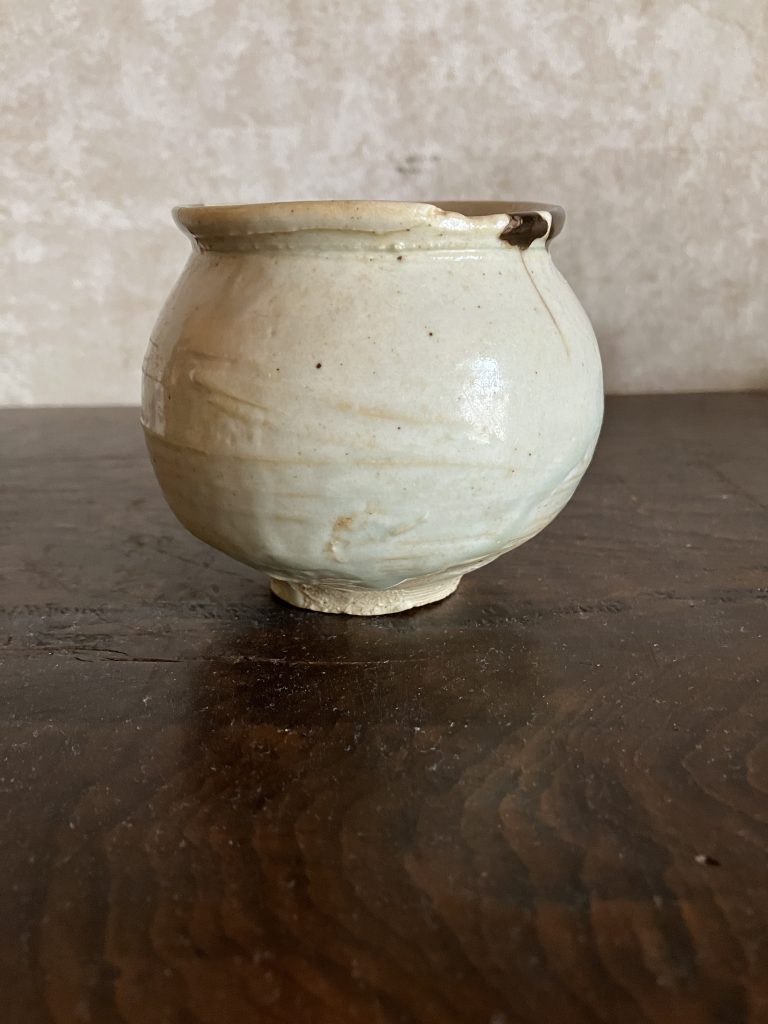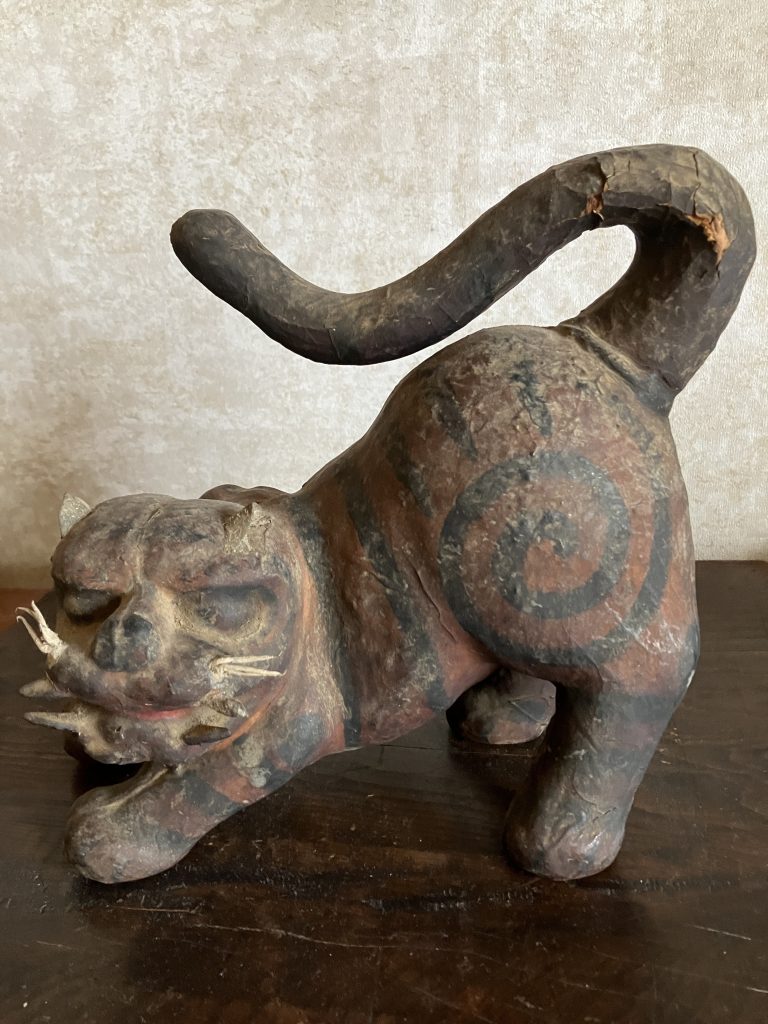Who is Yanagi Muneyoshi?
The Mingei movement in Japan is a lifestyle and cultural movement proposed by Yanagi Muneyoshi, Kawai Kanjiro, Hamada Shoji and others in 1926.
The word Mingei, where ‘Min’ means people and ‘Gei’ means art, is a Japanese word that did not previously exist. The term was coined by Yanagi and others together with the concept.
At the time, the craft world was dominated by ornately decorated ornamental works. In such an environment, Yanagi and his colleagues named the everyday tools of life produced by nameless craftsmen as ‘folk art’, or folk crafts, and advocated that their beauty was as good as that of works of art, and that beauty was to be found in daily life.
He also argued that folk crafts born from the climate of each region and rooted in people’s daily lives contained a ‘healthy beauty’ that was in accordance with their use, and proposed a new way of looking at beauty and a new set of values for beauty. He warned against the easy trend towards modernisation (westernisation), as he worried about the culture of handicrafts in various parts of Japan, which was being lost as industrialisation progressed. Through the Mingei movement, he pursued not only material wealth, but also a truly affluent lifestyle.
What kind of person was Muneyoshi Yanagi? Muneyoshi Yanagi was born in 1889 in Azabu, Tokyo. While a student at Gakushuin High School, he participated in the publication of the magazine Shirakaba with Mushanokoji Saneatsu, Shiga Naoya and others. Graduated from the Department of Philosophy at Tokyo Imperial University in 1913. At this time, under the guidance of his friend Bernard Leach (English potter), he became interested in folk crafts.
What captured Yanagi’s heart
From 1916 onwards, he frequently travelled to the Korean Peninsula. There, he was captivated by the world of outstanding plastic arts, such as Goryeo and Yi dynasty ceramics. Fascinated by their beauty, she developed an unbounded respect for the Korean people who had created them.
In 1924, he opened the Museum of Korean Folk Art in Seoul. Many of the objects on display there were daily utensils made by unknown artisans in the Yi Dynasty, and no one had ever paid any attention to their aesthetic value. However, Yanagi was quick to appreciate their beauty and discovered a surprising form of beauty in the crafts that were so much a part of people’s lives. His encounter with Yi dynasty crafts opened his eyes, and he turned his attention to his own country, Japan.
The first thing that attracted Yanagi’s attention was a wooden Buddha carved by a monk named Mokujiki Shonin. The discovery of this folk Buddha of the Edo period, known as the Mokuiki Buddha, was an opportunity for Yanagi to look deeply into the traditional life of the people and discover the many excellent crafts that existed there.
‘Vessels for use’ made by unknown craftsmen.
A world of beauty born out of the daily life of the people. The term ‘folk art’ was coined in 1925 to introduce its value to the public. In 1931, he published the first issue of the magazine Kogei (Industrial Arts). The number of people who sympathised with his ideas gradually increased, and surveys, collections and exhibitions of folk art in various regions became popular. In 1936, with the support of Kurashiki businessman Magosaburo Ohara, the Japan Folk Art Museum was established in Komaba (Meguro-ku), Tokyo, where it stands today. Yanagi was appointed as the first director of the museum, and since then, he has been active in research and collecting trips to various places in Japan and abroad, as well as writing and exhibition activities.
Why is it that ‘vessels for use’ made by unknown craftsmen can be so beautiful? Yanagi attributed this to the deep connection between ‘trust and beauty’. He died in 1961 after 72 years of life.
Willow’s life, in which she spent her entire life asking what beauty is and where beauty comes from, seems to have been a life worthy of being called a ‘practitioner of beauty’.
The following four works are in the author’s collection, and all were left in the attics and under the floors of Japanese houses without attracting much attention until the 20th century. They were publicised due to the folk art movement and are now housed in art galleries and museums.

In Japan, potters from the Korean Peninsula came to Karatsu in Kyushu in the late 16th century to produce pottery, and in the 17th century the first Japanese porcelain was produced in Arita, Saga. This is a blue-and-white dish from that period. The blue-and-white pattern is beautiful. Incidentally, the blue is made from natural cobalt from the mountains.

This is a work of Otsu-e(大津絵). Otsu-e refers to the folk paintings sold in the Oiwake-machi(追分町)areas of Otsu-juku(大津宿)on the Tokaido way from the early 17th century to the end of the Edo period (the 19th century).
Most of them were Buddhist paintings and secular paintings such as beautiful girls, demons and catfish, and as they were popular as souvenirs for travellers, they were sold in simple bindings and mass-produced by printing outlines and hand-colouring the details.
This item is an early production of a statue of Sugawara Michizane(菅原道真), the god of studies.
Most of them were Buddhist paintings and secular paintings such as beautiful girls, demons and catfish, and as they were popular as souvenirs for travellers, they were sold in simple bindings and mass-produced by printing outlines and hand-colouring the details.
This item is an early production of a statue of Sugawara Michizane(菅原道真), the god of studies.
[/caption]
This small white porcelain jar from the mid-Yi Dynasty (17th century) of the Korean peninsula first captivated Yanagi. They travelled to Japan early on and were used as tea utensils. It is a wonder that very little of it remains in Korea.

Miharu papier-mache tiger doll made in Miharu-cho, present-day Fukushima Prefecture, and produced in the 18th century. The papier-mache doll is made by stretching Japanese paper over a wooden form and removing the form after it has dried. It is a traditional Japanese toy that uses paper to create a moving figure. The finishing touches are painted with detailed accessories made of bamboo or cardboard, giving them a rustic beauty.

